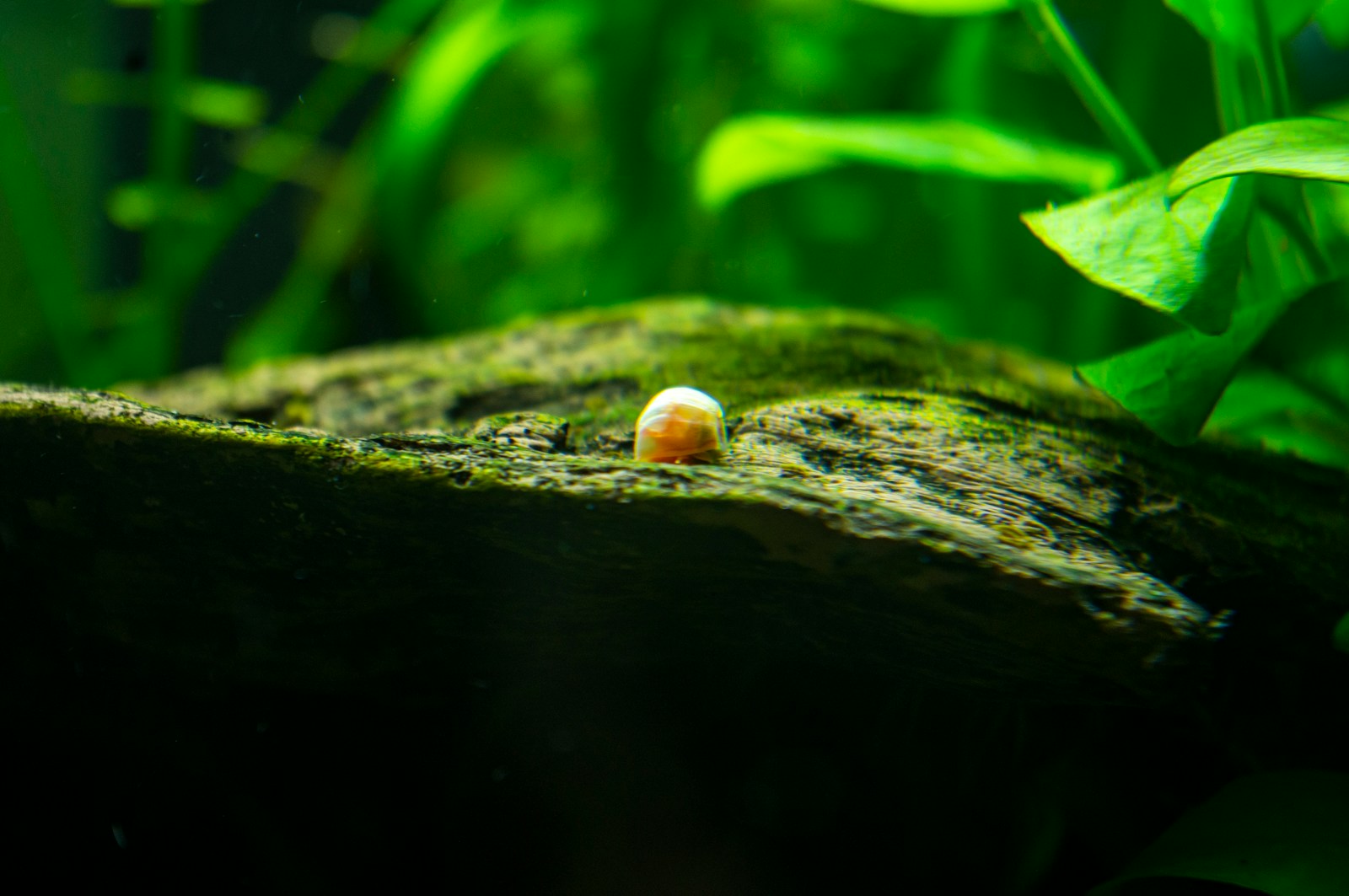

Introduction: What Is the Walstad Method?
The Walstad Method, pioneered by aquarist Diana Walstad, is a natural and sustainable approach to aquarium keeping. This method emphasizes a balance between plants, fish, and microorganisms to create a self-sustaining ecosystem. Unlike traditional aquariums that rely heavily on equipment like filters and chemical additives, the Walstad Method focuses on using nutrient-rich soil, live plants, and minimal technology.
In this blog post, we’ll guide you through the steps to set up your own community aquarium using the Walstad Method. Whether you’re new to the hobby or a seasoned aquarist, this method offers a low-maintenance, budget-friendly, and eco-conscious way to keep fish happy and healthy.
Benefits of the Walstad Method for a Community Aquarium
- Low Maintenance: The natural ecosystem requires less frequent water changes and minimal intervention.
- Cost-Effective: No need for expensive filtration systems or chemical treatments.
- Eco-Friendly: Promotes natural biological cycles that mimic nature.
- Healthy Fish and Plants: Fish benefit from stable water conditions, and plants thrive in nutrient-rich soil.
Step-by-Step Guide to Setting Up a Walstad Method Aquarium
Step 1: Choose the Right Tank Size
For a community aquarium, a tank of at least 20 gallons (75 liters) is recommended. This size provides enough space for multiple fish species and plants to coexist harmoniously.
Step 2: Setting Up the Substrate
The substrate is the foundation of the Walstad Method and one of its most critical components. Here’s how to set it up properly:
- Choose the Right Soil:
- Use organic, untreated potting soil. Look for soil free of chemical fertilizers, pesticides, or added perlite, as these can harm your aquarium’s ecosystem. Avoid soils labeled as “moisture-retaining” because they may contain additives.
- Brands labeled as “organic topsoil” or “organic garden soil” are ideal. Read the ingredient list carefully to ensure it is free from harmful additives.
- Prepare the Soil:
- Before adding soil to your tank, soak it in water for a few hours. This step helps to remove any floating organic matter that could cloud the water. Stir the soil gently to release trapped air pockets, then drain any excess water.
- Layer the Soil:
- Add a 1-inch (2.5 cm) layer of the prepared soil to the bottom of the tank. Spread it out evenly to avoid creating areas of compaction, which could lead to anaerobic zones.
- Cap the Soil:
- Cap the soil with a 1- to 2-inch (2.5-5 cm) layer of inert substrate, such as fine gravel or sand. This layer prevents the soil from being stirred up into the water column, which can cause cloudiness and release nutrients too quickly.
- Optional Additives:
- Some aquarists like to add a sprinkling of clay or mineral-rich powder (such as laterite) to the soil layer for added iron and trace minerals, which are beneficial for plant growth.
Step 3: Choose the Best Plants for the Walstad Method
Plants are the heart of the Walstad Method, acting as natural filters and oxygen producers. Selecting the right species ensures a thriving ecosystem. Here are the best types of plants for this method:
Floating Plants:
Floating plants are excellent for absorbing excess nutrients and providing shade. Examples include:
- Duckweed (Lemna minor): A fast-growing plant that absorbs nitrates effectively.
- Amazon Frogbit (Limnobium laevigatum): Offers larger leaves and an aesthetic look while filtering water.
- Water Lettuce (Pistia stratiotes): A slightly larger option with great nutrient absorption capabilities.
Rooted Plants:
Rooted plants play a vital role in anchoring the soil and utilizing nutrients from the substrate. Good options include:
- Amazon Sword (Echinodorus spp.): A hardy, fast-growing plant ideal for beginners.
- Cryptocorynes: These plants thrive in low-light setups and adapt well to Walstad tanks.
- Vallisneria: Perfect for creating a grassy, natural look while thriving in nutrient-rich soil.
- Dwarf Sagittaria (Sagittaria subulata): A great carpet plant that grows quickly.
Stem Plants:
Stem plants grow rapidly, absorbing nutrients from the water column. These are great for preventing algae growth in the early stages. Examples include:
- Hornwort (Ceratophyllum demersum): Grows quickly and doesn’t require rooting in the substrate.
- Bacopa: A versatile plant with vibrant green leaves.
- Ludwigia: Adds a pop of red or orange to the tank.
Epiphyte Plants:
Epiphytes are plants that don’t root in the substrate and can attach to rocks or driftwood. They’re perfect for adding vertical interest. Examples include:
- Java Fern (Microsorum pteropus): Hardy and easy to maintain.
- Anubias: A slow-growing plant that adds structure to your aquarium.
- Buces (Bucephalandra): A beautiful, compact plant with various color variations.
Step 4: Add Water Gradually
When filling the tank, pour water slowly to avoid disturbing the substrate layers. Here’s how to do it:
- Place a plate, bowl, or plastic bag over the substrate to diffuse the water flow. Slowly pour water onto the plate to prevent soil from floating up.
- Fill the tank halfway, allowing plants to stay upright and settle before filling it completely.
Step 5: Install Minimal Equipment
The Walstad Method doesn’t rely on high-tech equipment, but some essentials include:
- Lighting: Provide 8–10 hours of moderate light per day to support plant growth. LED lights with adjustable intensity are ideal.
- Optional Heater: Depending on your fish species, a heater may be necessary to maintain stable water temperatures.
- No Filter: This method relies on plants and microorganisms to maintain water quality, eliminating the need for a mechanical filter.
Step 6: Choose Compatible Community Fish
Community aquariums house multiple species of fish that live peacefully together. Popular options include:
- Neon Tetras
- Corydoras Catfish
- Guppies
- Cherry Barbs
- Dwarf Gouramis
Ensure the fish you choose have similar water parameter requirements and won’t uproot plants or disturb the soil.
Step 7: Allow Time for Cycling
Before adding fish, let your tank cycle for at least 2–4 weeks. This allows beneficial bacteria to establish, ensuring stable water conditions. Plants will also start absorbing nutrients and balancing the tank during this time.
Step 8: Monitor and Maintain
- Perform water changes sparingly (10–20% every 2–3 weeks).
- Trim plants as needed to prevent overcrowding.
- Test water parameters occasionally to ensure a healthy balance.
Troubleshooting Common Issues
- Cloudy Water: This is common in the early stages and usually clears up as the tank stabilizes.
- Algae Growth: Excess algae can result from too much light or nutrients. Reduce lighting or add algae-eating fish like Otocinclus.
- Plant Melting: Some plants may shed leaves initially as they adapt to underwater growth. Be patient, and new growth should appear soon.
Conclusion
The Walstad Method is a fantastic way to create a thriving, natural aquarium that mimics the beauty of the wild. With a little patience and the right setup, your community tank will become a vibrant, self-sustaining ecosystem.
Ready to get started? Gather your materials, pick your plants and fish, and let nature take care of the rest!
Do you have experience with the Walstad Method? Share your tips and success stories in the comments below or in our Aquarium forum! And don’t forget to subscribe to our newsletter for more aquarium tips and tricks.










